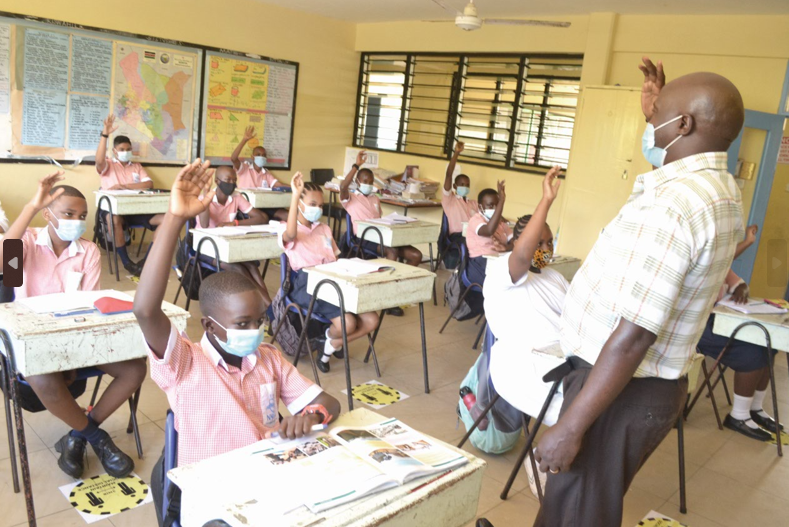Teachers should not intrude into students preps time

Up until around 2000, preps – early morning and after classes study – was part and parcel of the daily routine in schools in Kenya’s education system.
Preps time is the period when students in boarding schools had virtual control of their own education. They had an opportunity to study or revise without the presence of a teacher.
In many schools, senior students—candidate class—would be in class from 5am to 6am. A similar arrangement would follow in the evening from 7pm to 9pm.
It doesn’t happen anymore, although it is codified in The Basic Education Regulations 2015. School administrators have invaded this space and use it to cover the syllabus, denying students the opportunity to revise and study.
Apart from violating the 45 minutes lesson policy, they go against the entire vision and purpose of the school calendar.
It is this that informed the Cabinet Secretary for Education, Ezekiel Machogu, to recently ask school administrators to start normal class hours at 8am and end at 3.45pm.
Machogu observed that some day schools force learners to be on the road at the wee hours in the morning and made many in boarding schools to sleep for less than eight hours contrary to the regulations.
Under the regulations, normal classes are between 8am and 3:30pm, with an extra hour afterward for games and clubs.
For boarding schools, regulations provide for 7.00pm and 9.00pm as preps time. Learners should undertake their own studies or reading and should be out for bedrest at 9.30pm.
A good timetable establishes a natural rhythm and routine, which serves the educational needs of teachers and students.
The curriculum caters for the intellectual diversity among students. When the amount of time available for learning is the same for all, the gap between faster and slower students grows wider and wider.
The curriculum takes care of the differences by providing extra time for slower learners to master content before introducing new topics.
Actually, the six hours prescribed for normal teaching takes care of all the three categories of learners: The fast, the average and the slow learner.
The pace of teaching allows all learners to make sense, although in varying degrees, of the new ideas, or concepts they are experiencing. During games and prep time, each learner uses the time differently.
The bright learner gets opportunities to either study more complex content on the same or new concepts or topics ahead of the class. The average and slow learner gets an opportunity to strengthen their understanding or mastery of the topics. Ideally, teachers should be available for slow learners and reteach the topics they taught the whole class—for them to catch up.
Nevertheless, a flexible timetable enables all the students to get the opportunity to interact with other sources of the curriculum other than the teacher through studying course books and other texts besides sharing knowledge through peer teaching or learning.
Former Quality Assurance and Standards Officer Alex Majani argues that preps enable students to learn to manage their own time and studies, independent of the structured class hours.
“A student gets the opportunity to determine how optimally he or she can use the two hours allotted for preps,” Majani, now retired, says.
He says with discipline, all students are able to learn research skills—know how to look for information by themselves—without being spoon-fed by the teacher.
Essentially a school library enables highly motivated students to choose their own reading and find resources that help them develop their interests and strengths at their own pace.
Availability of a school library—stocked with books other than course books—exposes students to a body of knowledge, skills, attitudes and habits of thinking that education policy, curricular and standards seeks to impart to learners.
And this knowledge enables students to have better mastery of the curriculum. In time, the school has a normal spread of performance of students in national examinations because the flexible teaching and learning environment was friendly both to the teacher and the learner.
The teacher has time to prepare for the series of topics they must teach and the students have time not only to internalise what the teacher is teaching, but has time to deepen and broaden their understanding of the things they ought to know and apply in the examinations and in life.
— The writer is the Communications Officer, Ministry of Education —buhere.kennedy@education.go.ke












